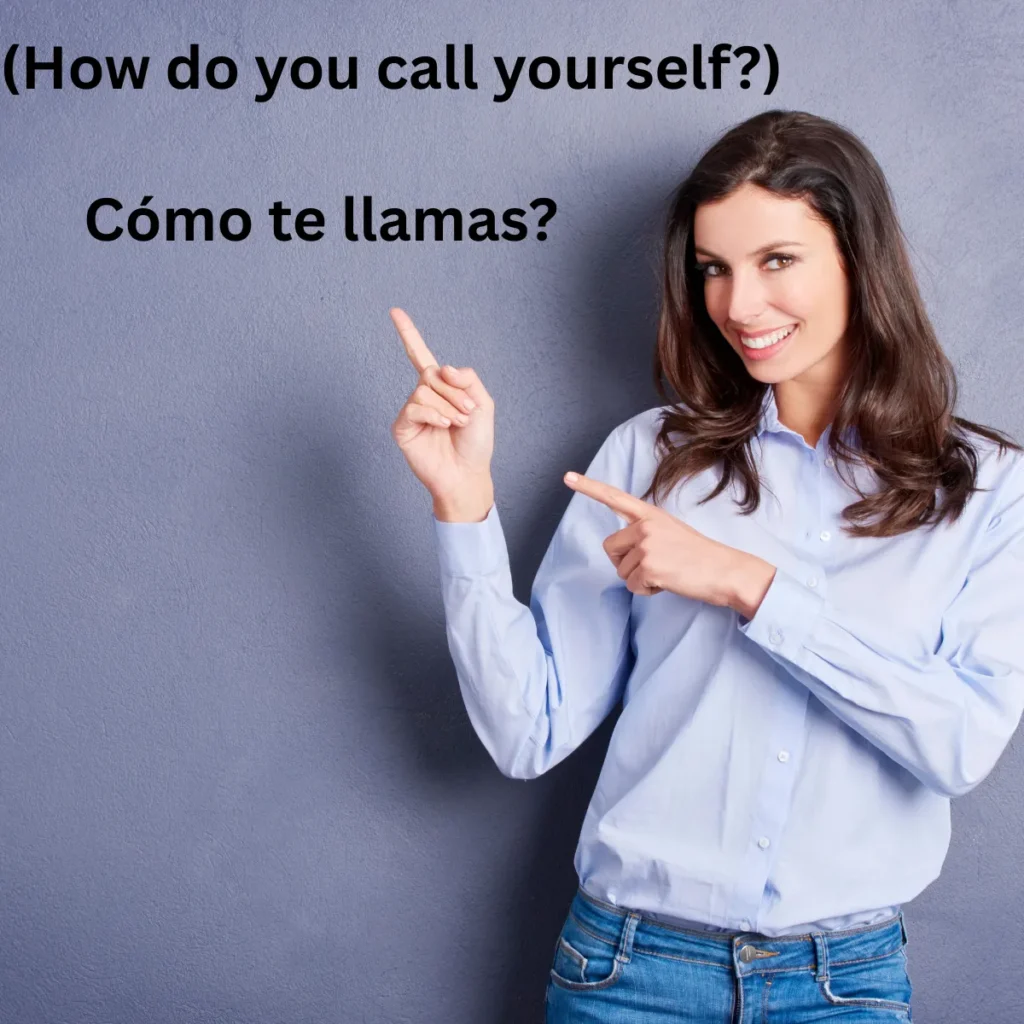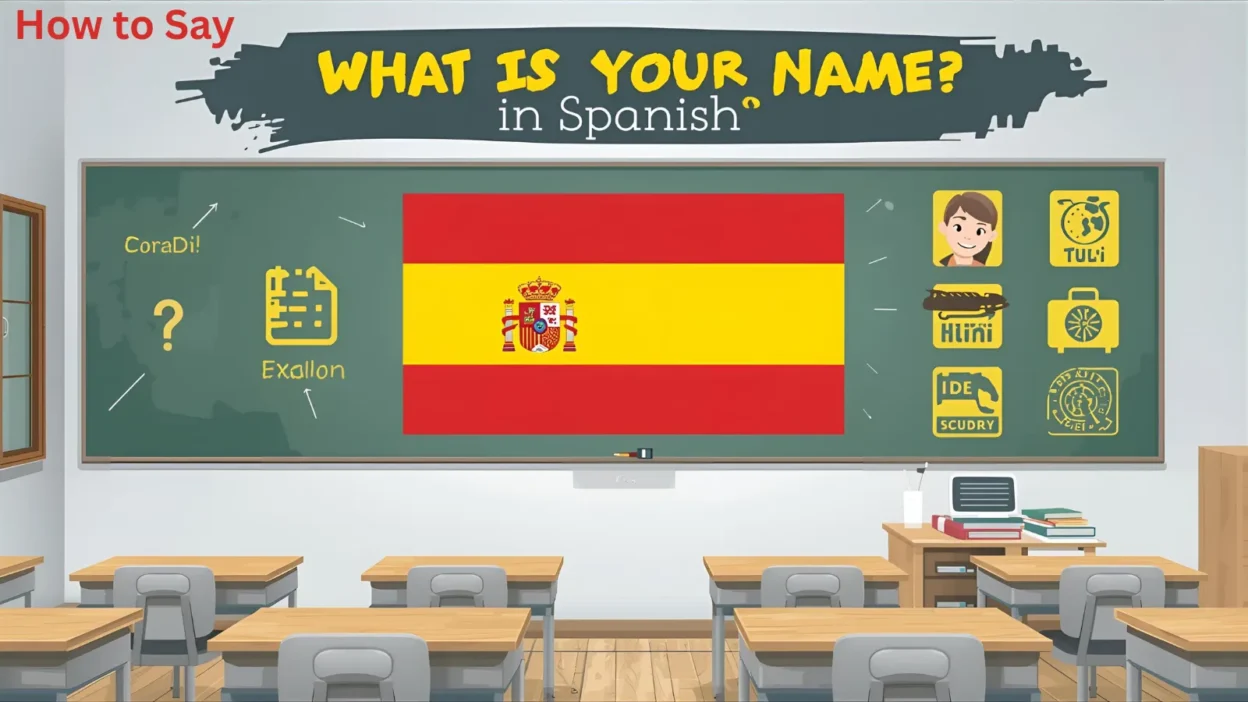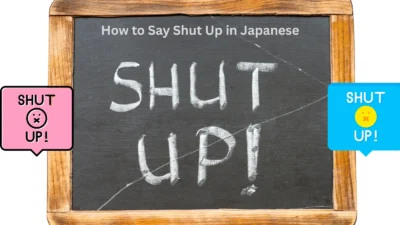How to Say What Is Your Name in Spanish is one of the first questions every learner should know. It’s a simple yet powerful phrase that helps you start conversations and build connections with Spanish speakers.
Whether you’re in a formal or casual setting, knowing the right way to ask someone’s name will make your interactions smoother and friendlier.
From the formal ¿Cómo se llama usted? to the casual ¿Cómo te llamas?, there are options for every situation. Mastering these greetings will give you confidence in introducing yourself and meeting new people.
Say What Is Your Name in Spanish
15 Ways to Say “What Is Your Name?” in Spanish
| No. | Spanish Phrase | Pronunciation | Usage / Context |
|---|---|---|---|
| 1 | ¿Cómo te llamas? | KOH-moh teh YAH-mahs | Informal, “What’s your name?” |
| 2 | ¿Cómo se llama usted? | KOH-moh seh YAH-mah oos-TEHD | Formal, polite |
| 3 | ¿Cuál es tu nombre? | KWAL es too NOHM-breh | Informal, “What’s your name?” |
| 4 | ¿Cuál es su nombre? | KWAL es soo NOHM-breh | Formal version |
| 5 | ¿Tu nombre? | Too NOHM-breh | Very casual, “Your name?” |
| 6 | ¿Su nombre? | Soo NOHM-breh | Polite, formal, “Your name?” |
| 7 | ¿Me dices tu nombre? | Meh DEE-ses too NOHM-breh | Friendly, “Can you tell me your name?” |
| 8 | ¿Me puede decir su nombre? | Meh PWEH-deh deh-SEER soo NOHM-breh | Polite, formal |
| 9 | ¿Cómo te dicen? | KOH-moh teh DEE-sen | Informal, “What do they call you?” |
| 10 | ¿Cómo le dicen? | KOH-moh leh DEE-sen | Formal, “What do they call you?” |
| 11 | ¿Quién eres? | KYEHN EH-res | Informal, “Who are you?” |
| 12 | ¿Quién es usted? | KYEHN es oos-TEHD | Formal, “Who are you?” |
| 13 | ¿Cómo es tu nombre completo? | KOH-moh es too NOHM-breh kom-PLEH-toh | Asking for full name |
| 14 | ¿Podrías decirme tu nombre? | Poh-DREE-ahs deh-SEER-meh too NOHM-breh | Polite, friendly request |
| 15 | ¿Podría decirme su nombre? | Poh-DREE-ah deh-SEER-meh soo NOHM-breh | Very polite, formal request |
In this guide, you’ll learn 15 ways to ask What’s your name? in Spanish—complete with real dialogue examples and cultural context.
1. ¿Cómo te llamas?
(How do you call yourself?)

Origin:
This is the most common and standard way to ask someone their name in Spanish. It literally means “How do you call yourself?” and is used in informal settings.
Example:
👤 User A: ¡Hola! ¿Cómo te llamas?
👤 User B: Me llamo Andrés. ¿Y tú?
Use: Informal or among peers.
2. ¿Cómo se llama usted?
(What is your name? – Formal)
Origin:
A formal version of “¿Cómo te llamas?”, used with strangers, elders, or in professional settings. “Usted” shows respect.
Example:
👤 User A: Buenas tardes. ¿Cómo se llama usted?
👤 User B: Me llamo Doña Clara. Mucho gusto.
Use: Formal contexts, polite interactions.
3. ¿Cuál es tu nombre?
(What is your name?)

Origin:
Literally translates to “Which is your name?” Slightly more direct, used occasionally in Latin America.
Example:
👤 User A: Disculpa, ¿cuál es tu nombre?
👤 User B: Soy Felipe.
Use: Casual, neutral tone.
4. ¿Cuál es su nombre?
(What is your name? – Formal)
Origin:
The formal counterpart of #3. This is polite and more business-like.
Example:
👤 User A: ¿Cuál es su nombre, señor?
👤 User B: Me llamo Ricardo Pérez.
Use: Formal conversations, interviews.
5. ¿Tu nombre?
(Your name?)
Origin:
An ultra-casual and shorthand way, often used in texting or when you’re in a hurry.
Example:
👤 User A: Hola, soy Carla. ¿Tu nombre?
👤 User B: Juan.
Use: Very informal, texting or quick intros.
6. ¿Cómo te llamas tú?
(How do you call yourself – with emphasis)
Origin:
Same as #1 but emphasizes “tú” (you). Common in spoken Spanish when clarifying or stressing the subject.
Example:
👤 User A: Ya me presenté. ¿Cómo te llamas tú?
👤 User B: Me llamo Marcos.
Use: Conversational emphasis.
7. ¿Cómo se llama él/ella?
(What’s his/her name?)
Origin:
Used when asking someone else’s name—useful in group introductions.
Example:
👤 User A: ¿Cómo se llama ella?
👤 User B: Se llama Sofía.
Use: Third-person introductions.
8. ¿Quién eres?
(Who are you?)

Origin:
Literally “Who are you?”—not always used in introductions, but sometimes replaces “What’s your name?” in informal settings.
Example:
👤 User A: ¡Hey! ¿Quién eres?
👤 User B: Soy Nico, tu nuevo vecino.
Use: Casual, direct, sometimes playful.
9. ¿Quién es usted?
(Who are you? – Formal)
Origin:
Formal version of “¿Quién eres?”, used in respectful or official contexts.
Example:
👤 User A: Buenas. ¿Quién es usted?
👤 User B: Soy el Dr. Ramírez.
Use: Polite, formal.
10. ¿Cómo puedo llamarte?
(How can I call you?)
Origin:
Used when someone has a nickname or such as name. Polite and gentle.
Example:
👤 User A: ¿Cómo puedo llamarte?
👤 User B: Llámame Lucho.
Use: Friendly or semi-formal tone.
11. ¿Cuál es tu apodo?
(What’s your nickname?)
Origin:
“Apodo” means “nickname.” Used when asking how someone is casually known.
Example:
👤 User A: ¿Cuál es tu apodo?
👤 User B: Me dicen “Chino”.
Use: Among friends or when getting to know someone better.
12. ¿Tienes nombre?
(Do you have a name?)
Origin:
Playful or flirtatious, this one sounds teasing. Be careful where you use it!
Example:
👤 User A: Hola, guapa. ¿Tienes nombre o puedo llamarte mía?
👤 User B: ¡Qué gracioso! Me llamo Ana.
Use: Flirty, humorous.
13. ¿Cómo te llaman tus amigos?
(What do your friends call you?)
Origin:
Used when someone may have different names in social and formal settings.
Example:
👤 User A: ¿Cómo te llaman tus amigos?
👤 User B: Me llaman “Tito”.
Use: Friendly and warm.
14. ¿Cómo le dicen?
(How do people call him/her?)
Origin:
Used in some parts of Latin America, especially in Argentina and Mexico, to refer to nicknames or informal names.
Example:
👤 User A: ¿Cómo le dicen al profesor?
👤 User B: Le dicen “Profe Chema”.
Use: Regional usage, casual.
15. ¿Y tú eres…?
(And you are…?)
Origin:
Common in social events when names aren’t exchanged yet—an indirect way of asking someone’s name.
Example:
👤 User A: Yo soy Lucía. ¿Y tú eres…?
👤 User B: Soy Mateo. Mucho gusto.
Use: Conversational, indirect.
FAQs
1. What is the most common way to say “What is your name?” in Spanish?
The most common phrase is “¿Cómo te llamas?” which literally means “What do you call yourself?”
2. How do you pronounce “¿Cómo te llamas?”
It’s pronounced as KOH-moh tay YAH-mas.
3. Is “¿Cómo te llamas?” formal or informal?
It’s informal, used with friends, classmates, or people your age.
4. How do you ask “What is your name?” politely or formally?
You can say “¿Cómo se llama usted?”, which is used when speaking to elders, teachers, or strangers.
5. What’s another way to ask someone’s name in Spanish?
You can also say “¿Cuál es tu nombre?”, which directly means “What is your name?”
6. How do you answer “¿Cómo te llamas?” in Spanish?
You say “Me llamo…” followed by your name. For example: Me llamo Ana (My name is Ana).
7. How do you say “My name is” in Spanish?
You say “Me llamo”, pronounced meh YAH-moh.
8. What’s a casual way to ask someone’s name?
Just say “¿Y tú?” (And you?) after introducing yourself. Example: Me llamo Carlos, ¿y tú?
9. Can I use “tu nombre” in all situations?
Yes, but it sounds more direct. “¿Cuál es tu nombre?” is grammatically correct and polite enough.
10. How can I practice this phrase in conversation?
Try role-playing! Greet someone with “Hola, ¿cómo te llamas?” and reply “Me llamo [your name].” It’s a fun and simple way to remember it.
Conclusion:
Learning how to say what is your name in Spanish is a key step in building meaningful connections. Whether you use the formal ¿Cómo se llama usted? or the casual ¿Cómo te llamas?, these phrases will help you introduce yourself confidently. By practicing them, you’ll not only improve your Spanish but also show respect and friendliness toward native speakers.



